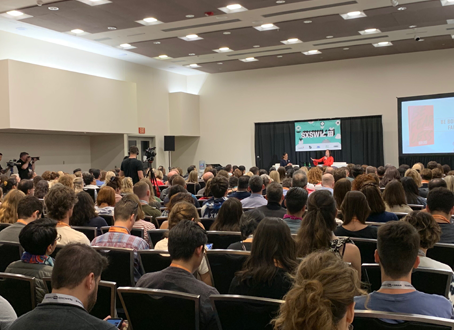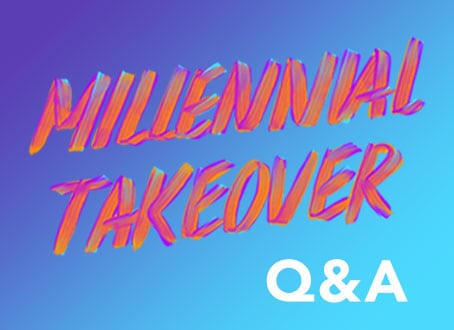This post was written by J.D. Brady on behalf of the Case Foundation:
At the Case Foundation, we believe impact investing is an excellent example of how business and philanthropy can work hand-in-hand to drive social change. We applaud the work of for-profit enterprises that deliver both a financial and social return, and we encourage investors to support the growth of these companies.
J.P. Morgan’s Nicholas Tedesco is doing just that–creating a bridge between for-profit and non-profit worlds. He joined us at MCON 2015—our annual event that brings together thought leaders from across sectors to explore new ideas regarding engagement with the Millennial generation. As a Senior Philanthropic Advisor in the J.P. Morgan Philanthropy Centre, Nicholas helps clients achieve their philanthropic goals. Before joining J.P. Morgan, Nicholas was with the Bill and Melinda Gates Foundation. In that role, Nicholas helped launch the Giving Pledge, an undertaking that encourages the world’s wealthiest people to dedicate the majority of their wealth to philanthropic endeavors. To date, nearly 200 philanthropists have signed the pledge.
The Case Foundation sat down with Nicholas to discuss the Millennial generation’s approach to investing, where the impact investing sector is headed and what challenges leaders in the philanthropic space.
CF: How do you see Millennials engaging in philanthropy?
NT: It has been widely talked about that we are in the midst of the greatest wealth transfer in history–-the next generation will inherit an estimated $59 trillion over the next 40 years and are positioned to be some of the most influential donors in history. We are seeing some interesting trends among Millennials with respect to their giving. It is starting earlier: wealth is being made at a much earlier age and on a much larger scale than ever before. And people are looking to give back much earlier. They are taking a venture approach–-they are looking to address large-scale social problems with a more hands-on and results-oriented approach. They are also willing to experiment and test new approaches and are more apt to employ nontraditional methods like impact investing.
CF: What is the most interesting thing that you’ve seen in the last year regarding impact investing?
NT: One of the most interesting things I have seen in the last year is the rise in popularity of social impact bonds. Although they are still largely in their infancy, social impact bonds are gaining traction. Utah is spearheading a program that will bring a lot of attention to the “pay for success” model, as are California and Oregon. Although the model will likely never be widely adopted due to its reliance on the government, it is shedding light on the importance of impact metrics.
CF: Is the impact investing movement growing? Do you think we’re at a tipping point?
NT: I absolutely believe that the impact investing movement is growing–-particularly on the west coast. Its core tenants appeal to younger donors who are eager to tackle longstanding social issues with a multipronged approach. We are also seeing an increased awareness among the business community that social and economic returns do not have to be mutually exclusive and decoupled. I do not think we are at a tipping point (yet). We need a few more years to allow more deals to surface, investments to mature, and thought leaders (like Jean and Steve Case) to inform the general public. Impact investing is still a largely unknown and young movement and people are reluctant to be a pioneer.
CF: What are the greatest challenges philanthropic leaders are addressing today?
NT: One of the greatest challenges philanthropy–-as a discipline–-is facing is how to define and measure impact. Americans gave a record $335 billion to charitable causes in 2013, yet it is hard to quantify the impact of those gifts. There are very few philanthropists who are equipped to adequately assess the yield of their grants–-with a large number of donors simply trusting their grantees to execute a successful strategy. However, we are seeing an increased focus on measurement and evaluation from philanthropists at all levels, and as a result, we are seeing donors who are much more engaged with the organizations that they choose to fund.
This is the fourth in a series of blog posts featuring speakers from MCON 2015. Check back to learn about more innovators and leaders from the private, nonprofit and public sectors. Also, be sure to check out the 2015 Millennial Impact Report.




